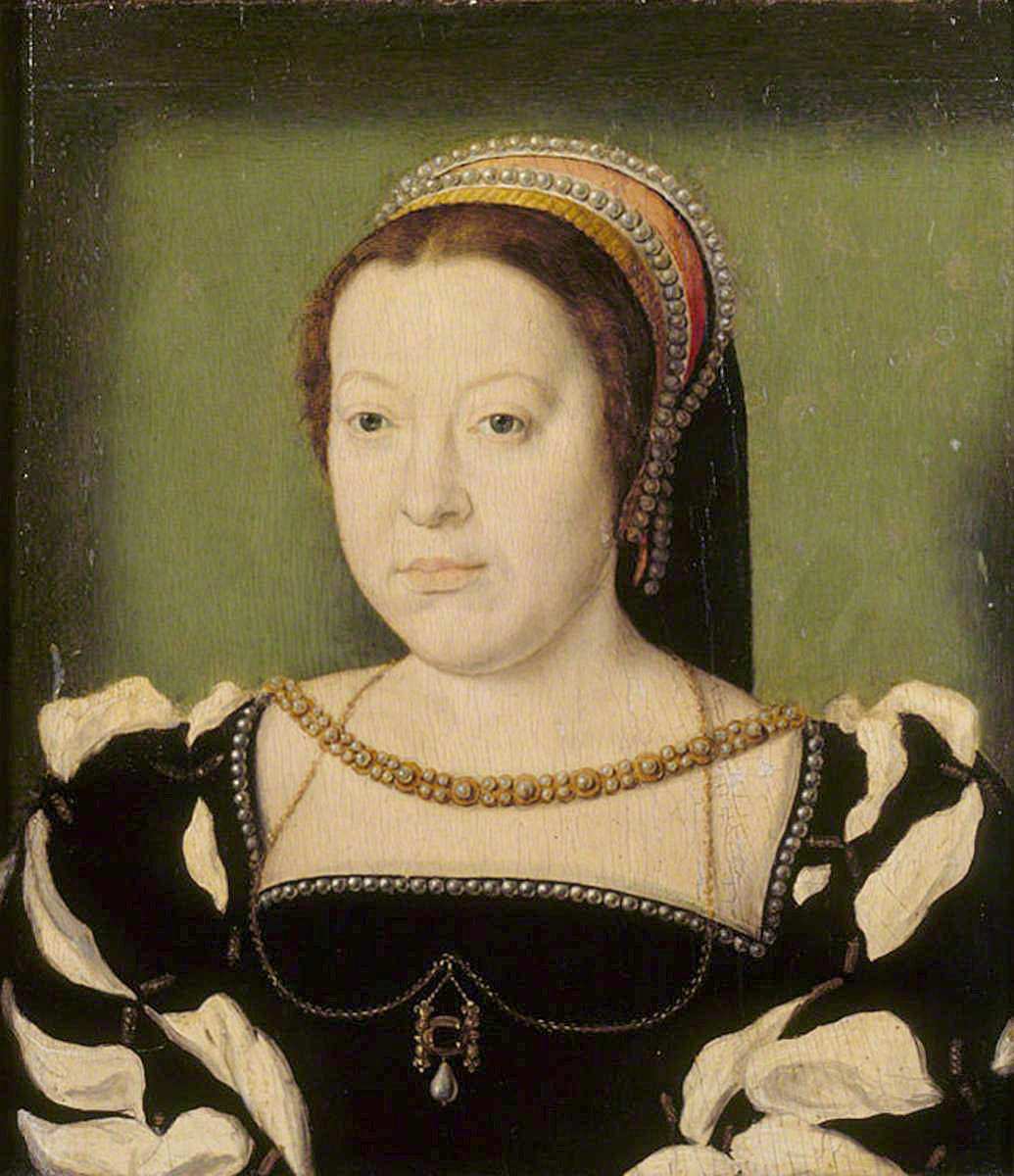
The earliest New Testament manuscripts with most of the text dates to the 300s and 400s CE. Commonly known as the Great Uncial Codices (plural of codex, which is a book-style format rather than a scroll), these manuscripts are Greek texts which have been preserved by the church in various ways. They include the Codex Vaticanus, the Codex Sinaiticus, the Codex Alexandrinus, and the Codex Ephraemi Rescriptus. These codices also are greatly utilized in the field of textual criticism, where different Biblical texts are studied, compared, and contrasted as to their contents, history, and production.
The Codex Vaticanus

The Codex Vaticanus is a 4th century codex which contains most of the Old and New Testaments. While its origins are generally unknown, it may be a Bible commissioned by Emperor Constantine I, and written (or its writing was overseen) by Eusebius. It appears in some catalogues from the 1400s of the Vatican libraries. The scholar Erasmus requested information from the Codex Vaticanus in his translations of the New Testament, and various collations over the years have been used in studies regarding Bible translation and transmission.
The Codex Sinaiticus

The Codex Sinaiticus may have the most interesting story behind its discovery. This copy of the New Testament was written in the 300s CE, but it is disputed as to where it was originally written. It made its way to St. Catherine’s Monastery in Sinai in Egypt, where it was eventually discovered by Constantin von Tischendorf, a Bible scholar who hunted for old manuscripts. Over the years, various parts of the Codex Sinaiticus made their way from the monastery to several museums, and the ownership of the Codex is in dispute. As recently as 2009, portions of the Codex have been discovered.
The Codex Alexandrinus

Get the latest articles delivered to your inbox
Sign up to our Free Weekly Newsletter
The Codex Alexandrinus is a Greek parchment codex written in the 400s CE. It likely originated in Alexandria, Egypt, but a good argument can be made that it was written in Constantinople and transported back and forth from there to Alexandria in the 1200s-1300s. At one point, the “Humble” Athanasius, who was a sort of librarian in the 1300s, wrote on the codex, “Bound to the Patriarchal Cell in the Fortress of Alexandria. He that lets it go out shall be cursed and ruined.” Cyril Lucaris, a patriarch of Constantinople, gave the Codex Alexandrinus to the English King James I in 1624 for the king’s assistance in a political church matter (though Charles I, James’ successor, received it). It presently resides in the British Library. Due to its earlier availability, it was the first major codex to be studied by textual critics.
The Codex Ephraemi Rescriptus

The Codex Ephraemi Rescriptus is a 4th century codex, and it is unknown where it was originally produced. Due to its similarity to other texts produced in Egypt, it most likely came out of that area. It came to Constantinople, and when that city was sacked, it made its way to Florence and was purchased for Catherine de Medici, who kept it as part of her dowry when she married the French King Henry II. The text is now housed in the Bibliothèque Nationale de France, Paris.

While parts of the different codices differ from each other (with no theological implications that many Christians consider significant), and none are complete, they represent a consistent transmission of the Biblical text down through the years. Valuable in both faith and history, these codices were cared for and copied by the church through the ages and continue to provide valuable information about Christians in the past.








